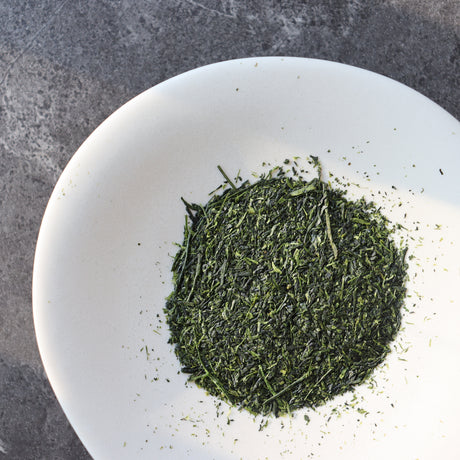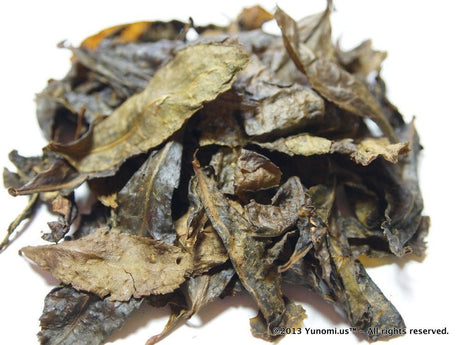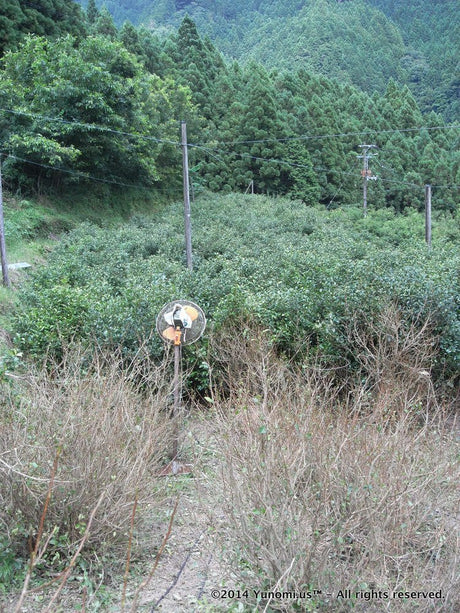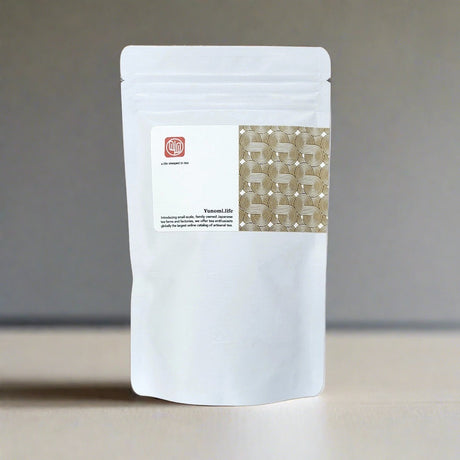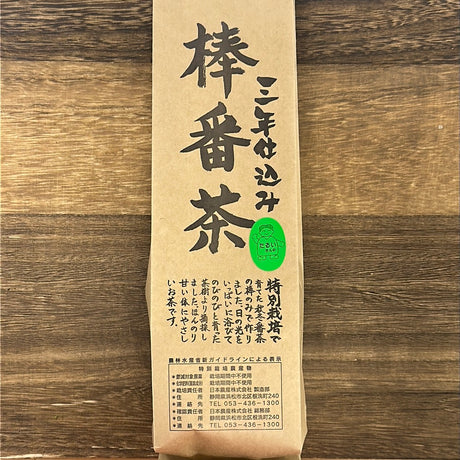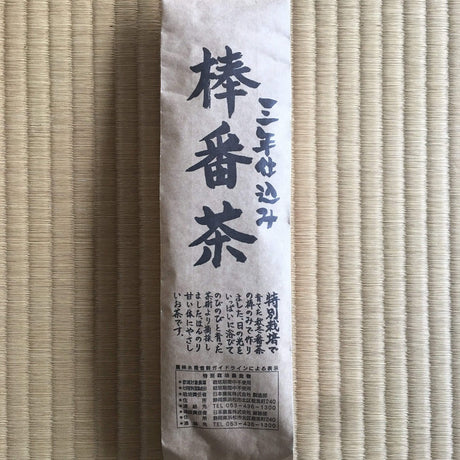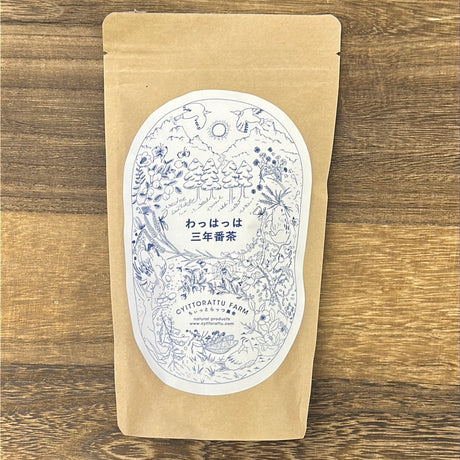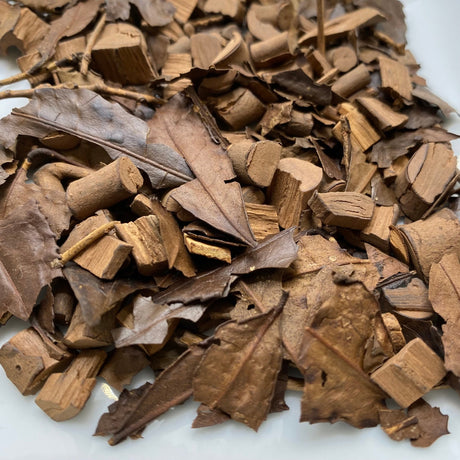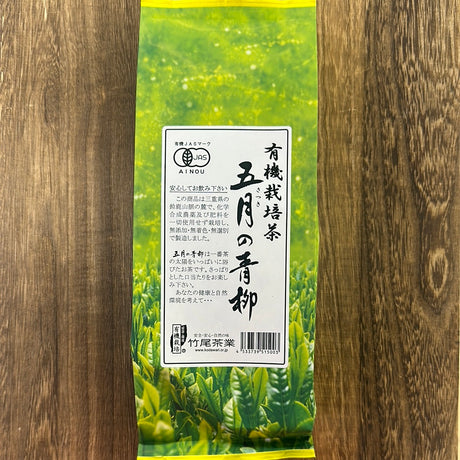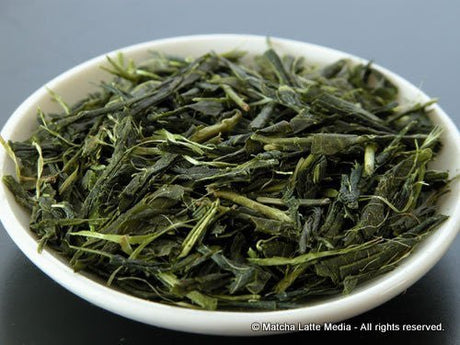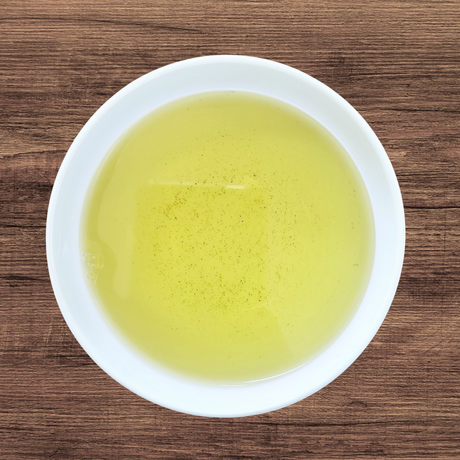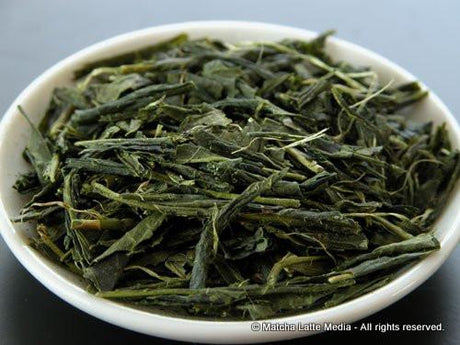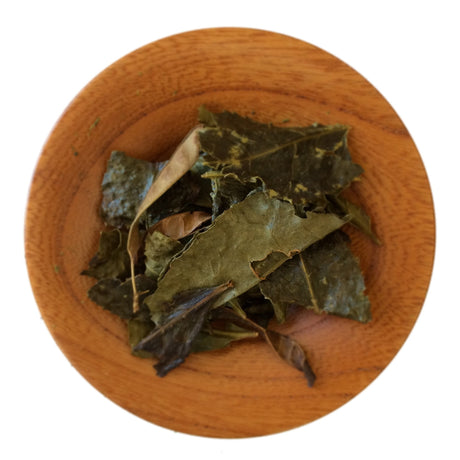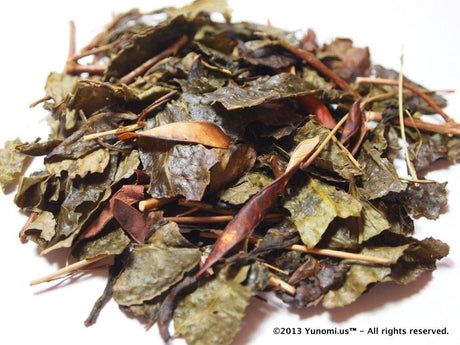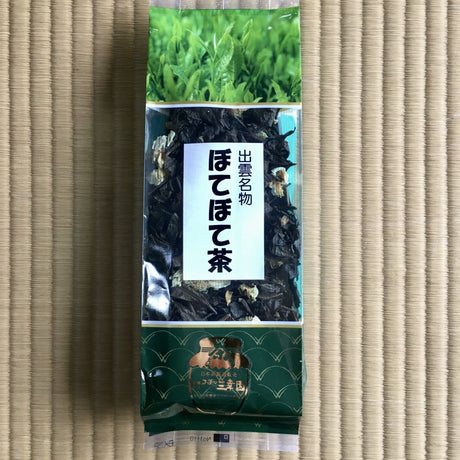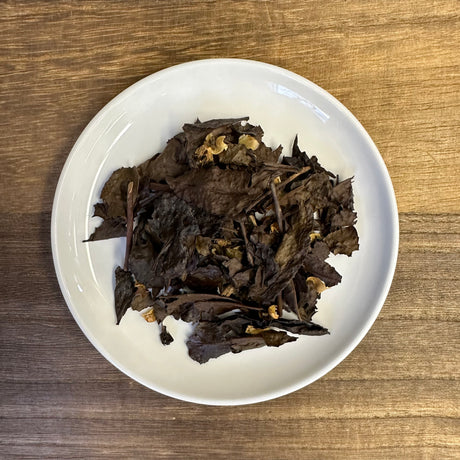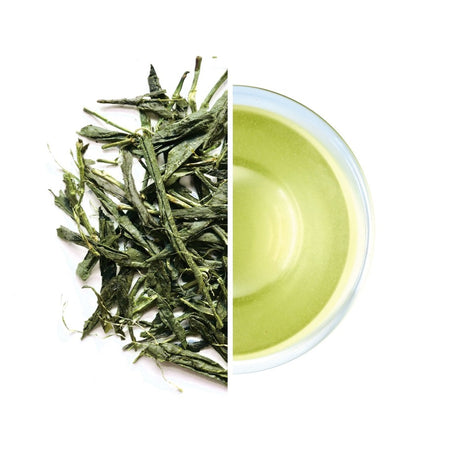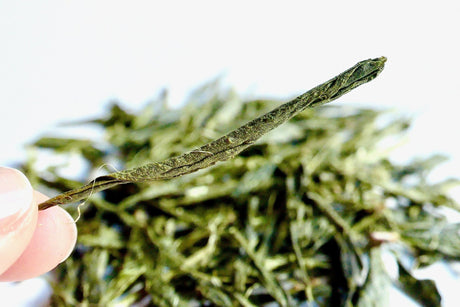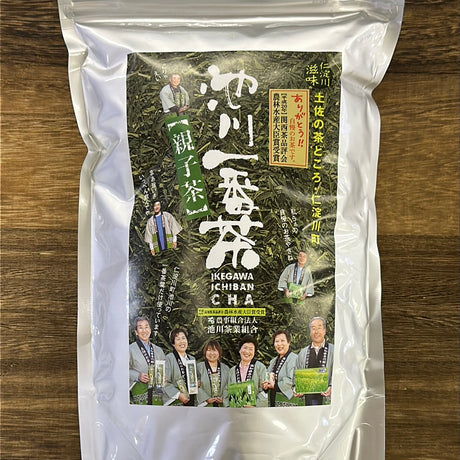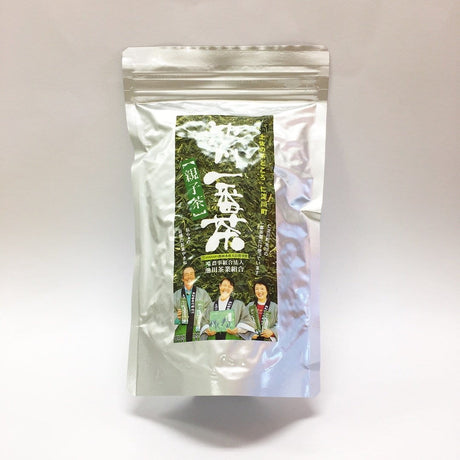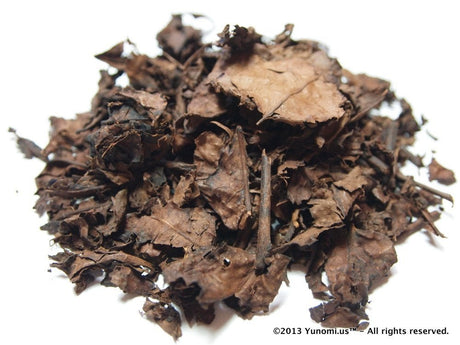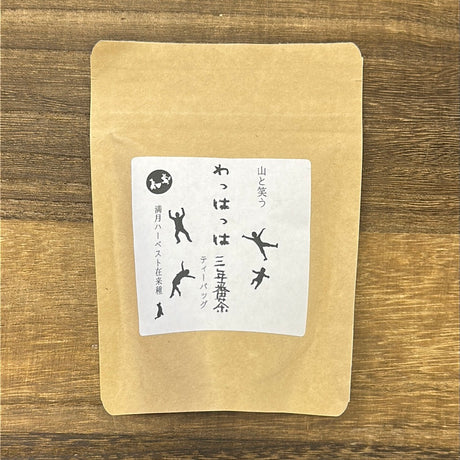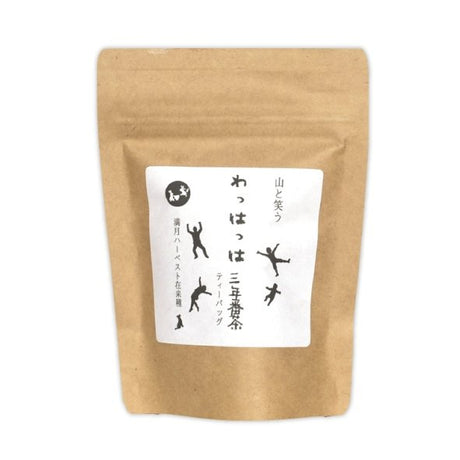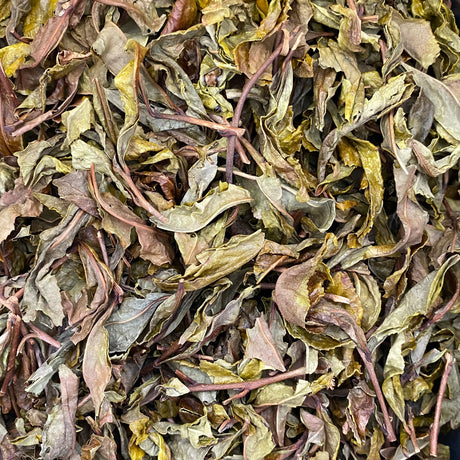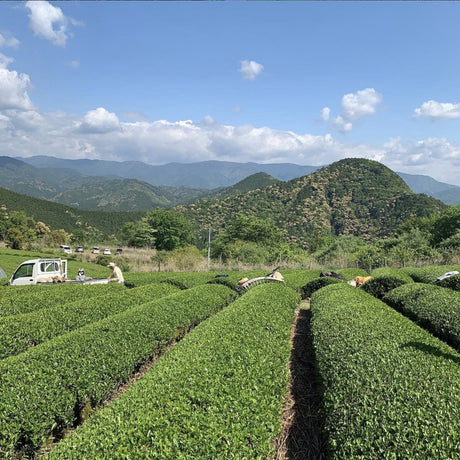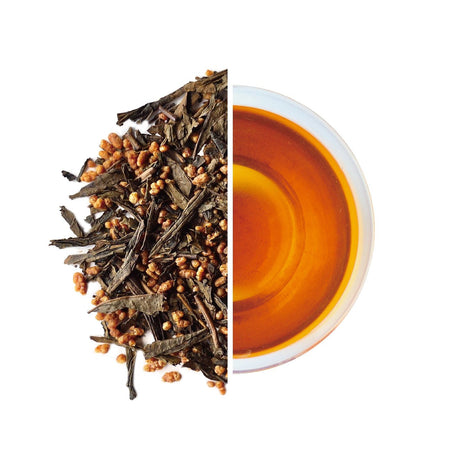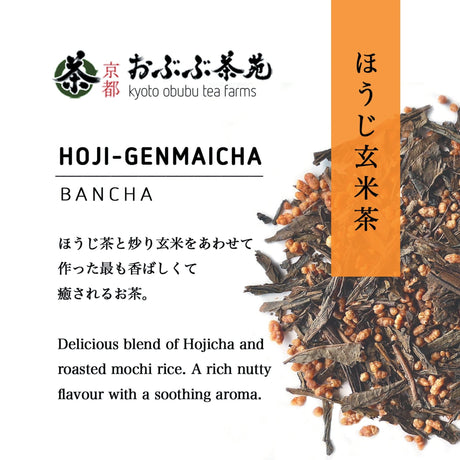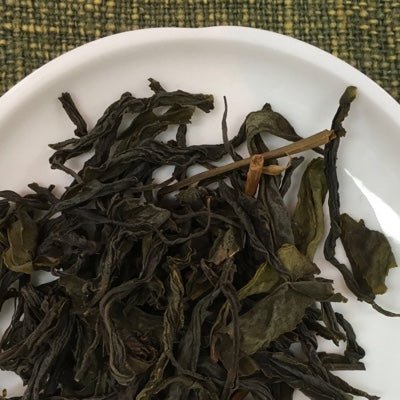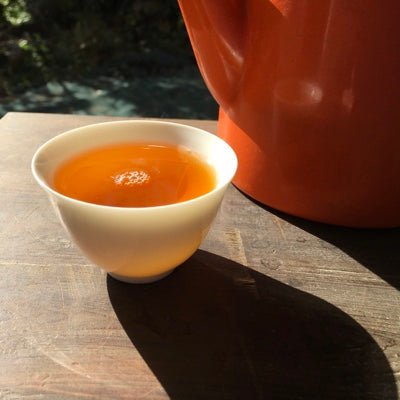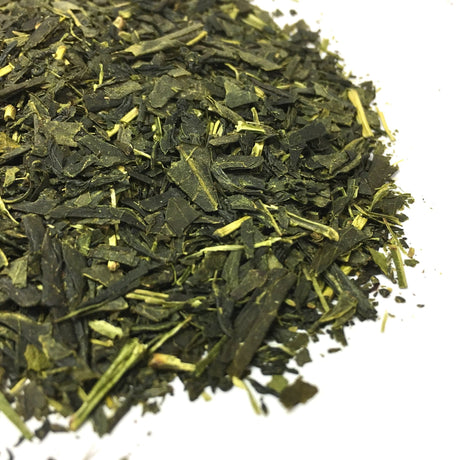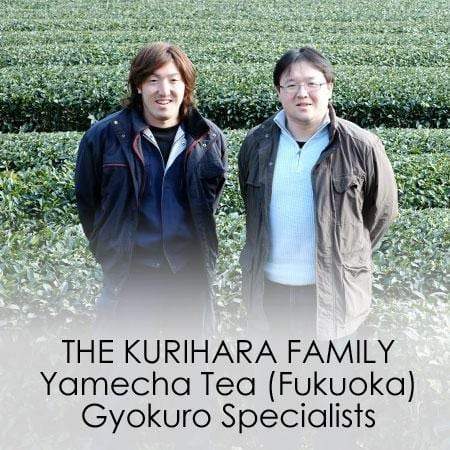Shinichi Kihara
#0610.K6 Tea Farmer Shinichi Kihara: Naturally Grown Kyobancha 京番茶 (Winter-roasted green tea leaves)
From $4.28 AUDUnit price /UnavailableIn stock (16 units)Furyu Bancha Specialty Shop
#0302.T2 Furyu: Awa Bancha ふりゅう 阿波番茶
From $4.47 AUDUnit price /UnavailableIn stock (20 units)Tarui Tea Farm
#0667.S5 Tarui Tea Farm: Sannen Bancha, Roasted Three-Year Aged Tea Stems 三年仕込み 棒番茶
From $3.98 AUDUnit price /UnavailableIn stock (9 units)Ayumi Farms
#0122.S5 Ayumi Farms (Cyittorattu): Wha-ha-ha Three Year Bancha
From $4.17 AUDUnit price /UnavailableVery low stock (2 units)- OUT OF STOCK. If you would like to purchase, please contact us at help@yunomi.life for custom procurement or production. If we have other sizes, repackaging may be possible. Otherwise we will inquire with the producer.Up to 20% off
Takeo Tea Farm
#0648.M1 Takeo Tea Farm: 2025 Organic Bancha Green Tea, Satsuki no Aoyanagi, May harvest 五月の青柳
From $3.48 AUDUnit price /Unavailable Takeo Tea Farm
#0647.M1 Takeo Tea Farm: Organic Bancha Green Tea (Autumn)
From $2.98 AUDUnit price /UnavailableIn stock (26 units)Furyu Bancha Specialty Shop
#0306.K4 Furyu: Tosa Bancha ふりゅう 土佐番茶
From $5.47 AUDUnit price /UnavailableIn stock (10 units)NaturaliTea
#0049.S5 NaturaliTea: Autumn Bancha Green Tea
From $2.98 AUDUnit price /UnavailableIn stock (30 units)Kyoto Obubu Tea Farms
#0009.K6 Obubu Tea: Kyobancha - Winter-grown, Roasted Green Tea
From $3.48 AUDUnit price /UnavailableIn stock (6 units)Furyu Bancha Specialty Shop
#0304.P2 Furyu: Mimasaka Bancha, Dark Tea ふりゅう 岡山美作番茶
From $2.98 AUDUnit price /UnavailableVery low stock (5 units)- OUT OF STOCK. If you would like to purchase, please contact us at help@yunomi.life for custom procurement or production. If we have other sizes, repackaging may be possible. Otherwise we will inquire with the producer.
Ocha no Sankoen
#0532.S4 Botebotecha from Ocha no Sankoen, Shimane, Japan
From $2.98 AUDUnit price /Unavailable Kyoto Obubu Tea Farms
#0006.K6 Obubu Tea: Yanagi Bancha, Green Tea
From $2.98 AUDUnit price /UnavailableVery low stock (5 units)- OUT OF STOCK. If you would like to purchase, please contact us at help@yunomi.life for custom procurement or production. If we have other sizes, repackaging may be possible. Otherwise we will inquire with the producer.
Ikegawa Tea Farm Coop
#0859.K4 Ikegawa Tea Farm Coop: Spring Kochi Bancha Oyakocha 池川一番茶 親子茶
From $9.74 AUDUnit price /Unavailable Furyu Bancha Specialty Shop
#0303.N4 Furyu: Batabatacha, Rare Bancha Tea ふりゅう バタバタ茶
From $5.47 AUDUnit price /UnavailableIn stock (11 units)Kamikatsu Bancha
#0383.T2 Michiko's Handpicked, Sun-Dried Awa Bancha from Kamikatsu Village, Tokushima
From $3.98 AUDUnit price /UnavailableIn stock (21 units)- OUT OF STOCK. If you would like to purchase, please contact us at help@yunomi.life for custom procurement or production. If we have other sizes, repackaging may be possible. Otherwise we will inquire with the producer.
Ayumi Farms
#0123.S5 Ayumi Farms (Cyittorattu): Wha-ha-ha Three Year Bancha - Tea Bags (3g x 8 tea bags)
$9.94 AUDUnit price /Unavailable Tea Farm Mitocha
#0618.N3 Mitocha NR004: Sun-dried Kamairicha Harubancha 天日干し釜炒り春ばん茶
From $3.98 AUDUnit price /UnavailableIn stock (18 units)Kyoto Obubu Tea Farms
#0016.K6 Obubu KY016: Hoji-Genmaicha Using Kyoto Bancha
From $2.98 AUDUnit price /UnavailableIn stock (21 units)Tea Farm Mitocha
#0619.N3 Mitocha NR005: Sun-dried Kamairicha Bancha 天日干し釜炒りばん茶
From $2.98 AUDUnit price /UnavailableVery low stock (3 units)Kurihara Tea Farm
#0076.F2 Kurihara Tea #13: Oku Yame Bancha, Yamabiko, 100g やまびこ
From $2.18 AUDUnit price /UnavailableIn stock (17 units)



